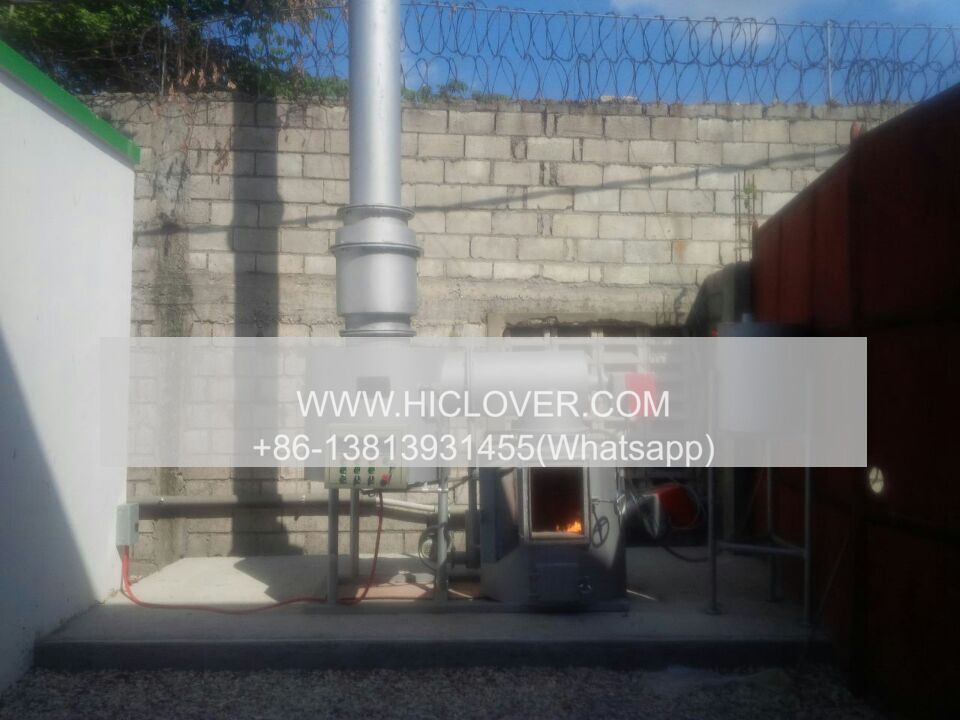The pharmaceutical industry plays a critical role in providing necessary medications to the population, but it also generates a significant amount of waste in the process. Pharmaceutical waste, including unused or expired medications, contaminated materials, and packaging, must be disposed of properly to prevent environmental contamination and ensure public safety. Incineration is one of the most common methods used for disposing of pharmaceutical waste, but the process is subject to stringent regulations to protect both human health and the environment.
The regulatory landscape for pharmaceutical incineration is complex and constantly evolving, as governments at the national and international levels work to establish guidelines and standards to govern the safe disposal of pharmaceutical waste. These regulations are designed to prevent the release of toxins, carcinogens, and other harmful substances into the air, water, and soil, and to minimize the impact of pharmaceutical waste on public health and the environment.
In the United States, the Environmental Protection Agency (EPA) and the Department of Transportation (DOT) regulate the transportation, treatment, and disposal of hazardous waste, including pharmaceutical waste. The Resource Conservation and Recovery Act (RCRA) sets forth comprehensive regulations for the handling and disposal of hazardous waste, while the Hazardous Waste Manifest System tracks the movement of hazardous waste from generation to disposal.
Additionally, the Occupational Safety and Health Administration (OSHA) sets guidelines for worker safety in facilities that handle hazardous waste, including pharmaceutical incineration facilities. These regulations cover issues such as personal protective equipment, training, and exposure limits for harmful substances.
On the international level, the United Nations Environment Programme (UNEP) and the World Health Organization (WHO) collaborate to develop guidelines and best practices for the safe disposal of pharmaceutical waste. The Stockholm Convention on Persistent Organic Pollutants and the Basel Convention on the Control of Transboundary Movements of Hazardous Wastes provide a framework for international cooperation in managing hazardous waste, including pharmaceutical waste.
Ensuring compliance with these regulations is essential for pharmaceutical companies, waste management facilities, and government agencies involved in the disposal of pharmaceutical waste. Failure to comply with regulations can result in fines, penalties, and legal action, as well as damage to the reputation of the company responsible for the violation.
To ensure compliance with regulatory requirements, pharmaceutical companies should work closely with certified waste management facilities that have the necessary permits and expertise to handle pharmaceutical waste safely. Companies should also implement comprehensive training programs for employees who handle pharmaceutical waste, and conduct regular audits and inspections of waste disposal practices to identify and address any potential compliance issues.
In conclusion, the regulatory landscape for pharmaceutical incineration is a crucial component of the overall waste management process in the pharmaceutical industry. By following the guidelines and standards set forth by regulatory agencies at the national and international levels, pharmaceutical companies can ensure the safe and responsible disposal of pharmaceutical waste, protecting public health and the environment for future generations.






